The Start
Even among those whose main ride is a bicycle, the name Harley-Davidson conjures up an iconic American brand that represents the open road, unbridled freedom, and an unmatched sense of laid-back cool.
What follows is the story of how this eponymous brand got its start, became legendary, and continues to hold motorcycle riders everywhere in its thrall.
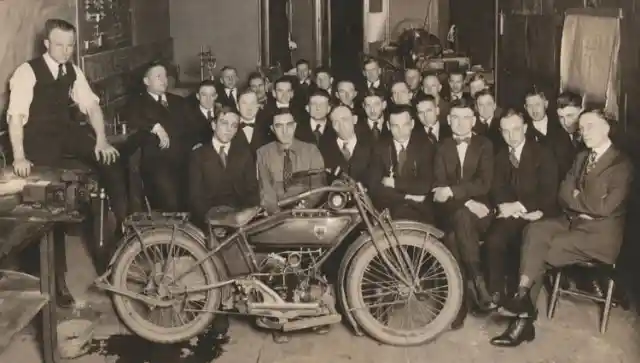
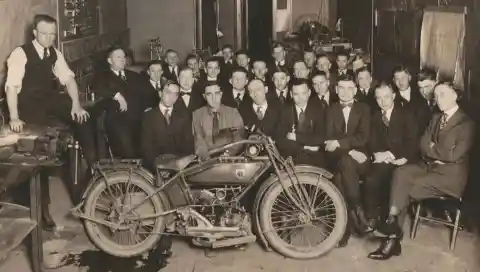
Harley-Davidson, long considered a brand giant, got its start in a small 10 x 15-foot tool shed in the Davidson family backyard. In 1903, William S. Harley and Arthur Davidson created the first-ever Harley-Davidson motorcycle in the confines of the shed, despite its extremely limited interior space. They modeled their design after the Milwaukee Merkel motorcycle but envisioned a bike that featured a larger engine and frame that would enhance the Merkel design.
Both William and Arthur were determined to create a motorcycle that was easily marketable, undeniably cool, and sublimely civilized; they believed transportation could be fun as well as functional, and that wouldn’t be seen as stodgy. The company’s early commercials featured well-attired and important-looking gentlemen riding a motorcycle appropriately nicknamed “The Gray Gentleman.”
Although the motorcycle company is named after them, William and Arthur weren’t the only ones calling the shots when it came to growing the Harley-Davidson brand. Walter Davidson, Arthur’s older brother, also participated in managing the company and is credited with contributing to the brand’s success. Although there were two Davidsons working in the company and only one Harley, changing the brand’s iconic name was never seriously considered as it was agreed that Harley-Davidson-Davidson seemed unnecessarily repetitive.
The Sound Of Success
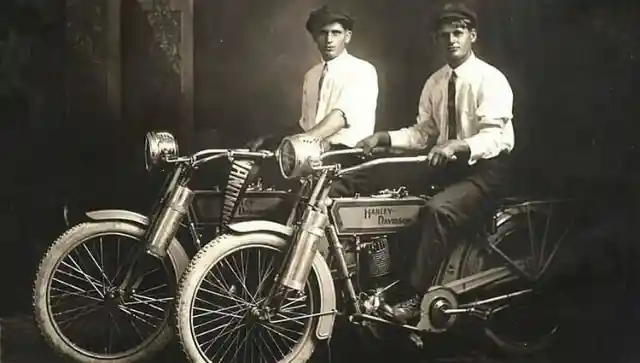
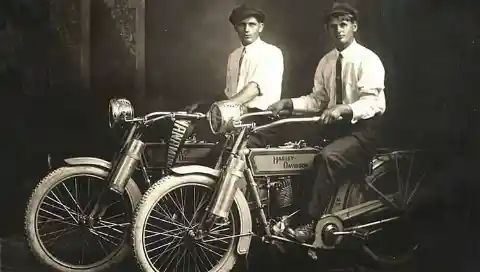
Looks aren’t everything, or so William and Arthur thought. They wanted their motorcycle to offer a quieter alternative to other motorcycles. Over the years, the company devoted a great deal of time and energy to making the Harley-Davidson engine sound quieter, but in later years the company changed course dramatically and introduced the purposefully loud V-twin engine.
Eventually, Harley-Davidson motorcycles would become synonymous with the V-twin engine, which was first introduced in 1909. This type of engine consists of two cylinders, used for internal combustion, that take the form of a V shape.
You know it when you hear it: The Harley-Davidson motorcycle boasts a distinctive noise that bike fanatics can recognize, even when the motorcycle is out of sight. The “throaty growl” of the motorcycle was created by sparks mixing with the bike’s characteristic 45-degree motor. The unique growl became an iconic characteristic of the Harley-Davidson brand, and at one point the company tried unsuccessfully to trademark the sound.
Truth be told, however, Harley-Davidson wasn’t the originator of the V-twin engine; Indian Motorcycle, a competing brand, beat them to the punch. Instead of developing their own idea, William and Arthur saw the potential for success by incorporating the V-twin in their bikes and decided it was the right choice to incorporate into their brand.
Riding Out The Great Depression

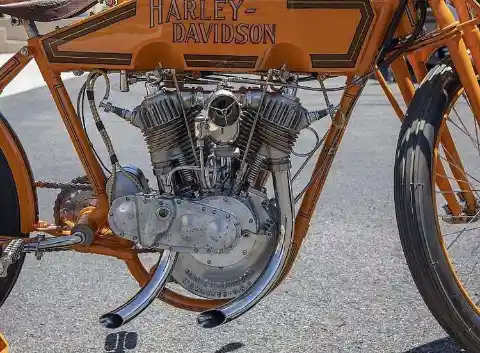
During the 1930s, several companies found it difficult to make ends meet, and many were forced to close. Like other brands, Harley-Davidson struggled to survive the 1929 stock market crash and decided to cut costs and reduce its workforce. The company eventually forged a deal with the Japanese company Sanko. The agreement with the Japanese factory and the growing international market for motorcycles enabled Harley-Davidson to remain in business until the worst of the Great Depression was over.
Racing Toward Fame
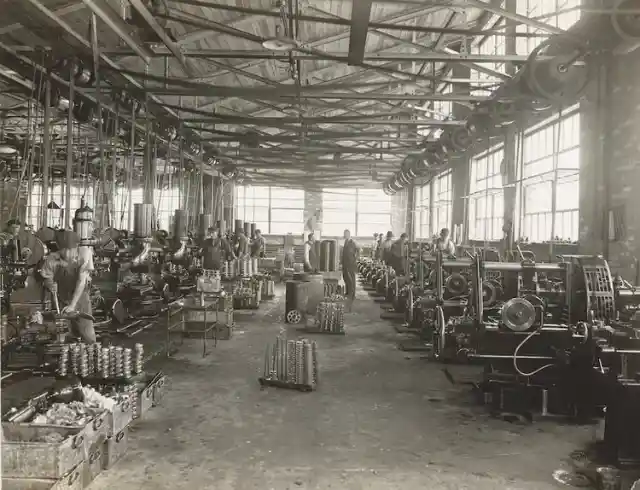
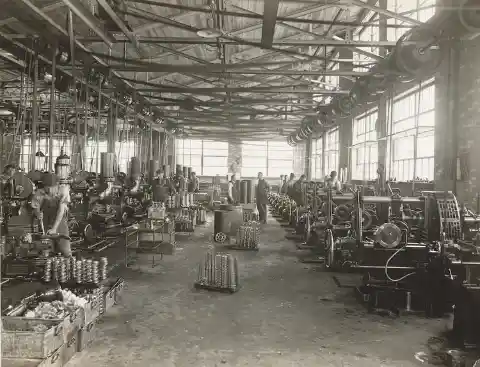
Harley-Davidson motorcycles were the first in their class to reach an average speed of 100 miles per hour; it’s not surprising, then, that racers considered Harley-Davidson bikes their go-to vehicle. In 1921, Otto Walker, one of the most famous professional racers of the time, won a race while attaining a speed of more than 100 mph on a Harley-Davidson bike; he would go on to break the speed record while, once again, riding a Harley-Davidson. These displays of speed allowed the public to see and appreciate the unique capabilities of a Harley-Davidson motorcycle, and to make the brand a legendary success that has lasted for decades.